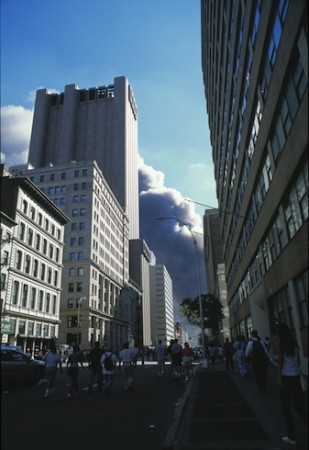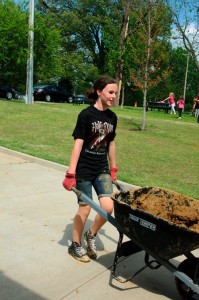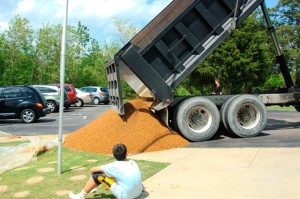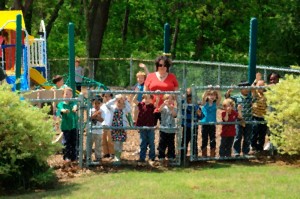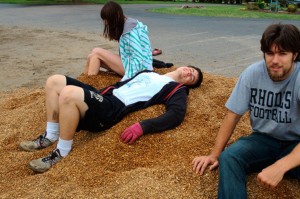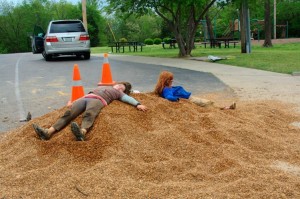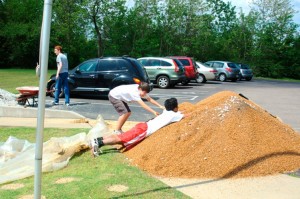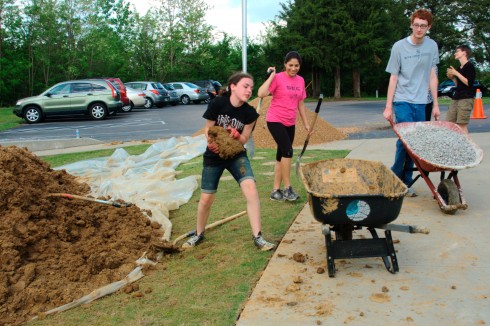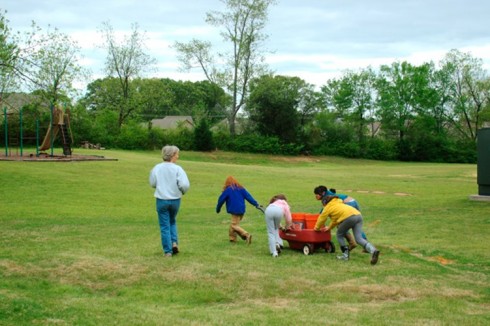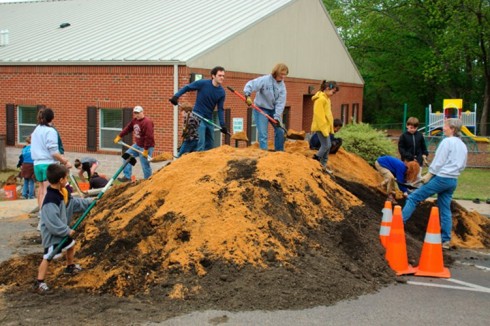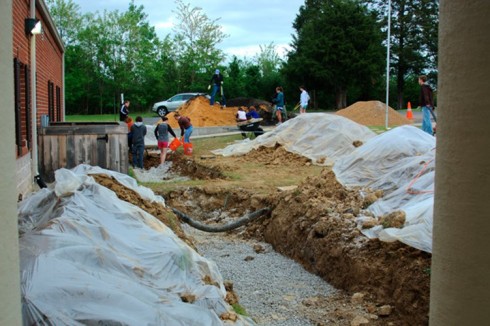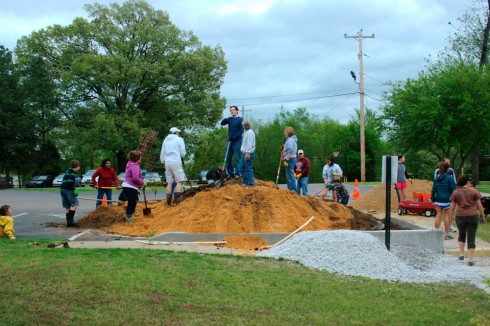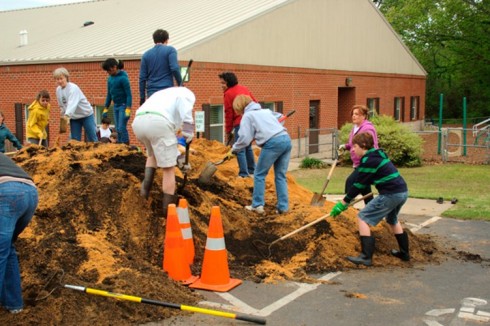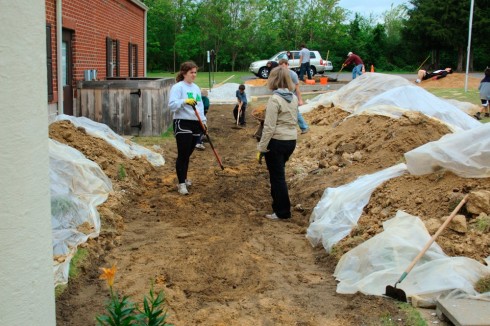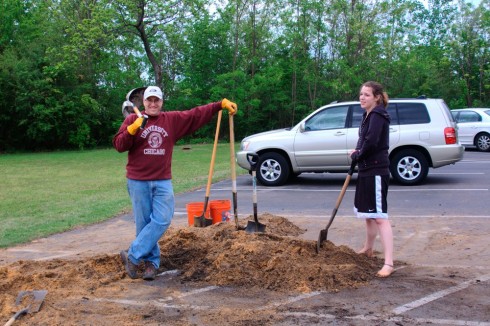How do you know if a student has mastered a subject? How do you get students to better understand how they learn and take more control of their education? I’ve been thinking that giving them more control of their grading might be the answer.
Test grades give some information, but experiments can be just as, if not more, informative. Much depends on the learning style of the student and how they express themselves. Verbally oriented might be good at processing written information and putting what they learned on paper. Kinesthetic-oriented students are likely to do better with practical demonstrations and labs that require movement and coordination.
Since there’s some merit to both exams and laboratory experiments – tests are good for checking the understanding of basic facts, while good labs require application of concepts – they have to be somehow added together to determine if and how well as student has mastered the topic.
Usually, the different types of assessment are combined with different weights. 60% of the total grade for a class might come from exam scores, and 40% from labs. But, given the different talents of different students, might it not make more sense to adjust the weights based on the specific student.
In fact, it would probably be even better to have the students decide for themselves on their own personal grading scheme. It could be part of a classroom contract.
Students would have a strong incentive to come up with their own most beneficial grading system, and, if you gave them a little time to understand the exam and lab requirements (say half a semester) before coming up with the weights, they’d have a lot of incentive to really try to understand how they learn best, and how to demonstrate that knowledge.
Once they’d made a decision on grading weights, they could then focus more energy on the parts of the class they find interesting, which, if we’re lucky, make them more motivated to learn the subject. Then they could set out to acquire the same information and concepts from what is to them a more interesting perspective, without having to worry so much about the stress of struggling through those activities they find difficult and tedious.
A student who is good at experiments might learn the facts in the textbook better if they were looking up information for an experiment – a big picture to little picture perspective – while a student who’s read and understands the text might find the experiments a lot easier to deal with (and so perform better) if they’re less worried about getting the perfect grade.
There would probably have to set some limits as to how much they could play with the weights, say plus or minus 15%, but individualized, self-assigned weights could be a very powerful way of tailoring education, especially in a context where grades are necessary.

